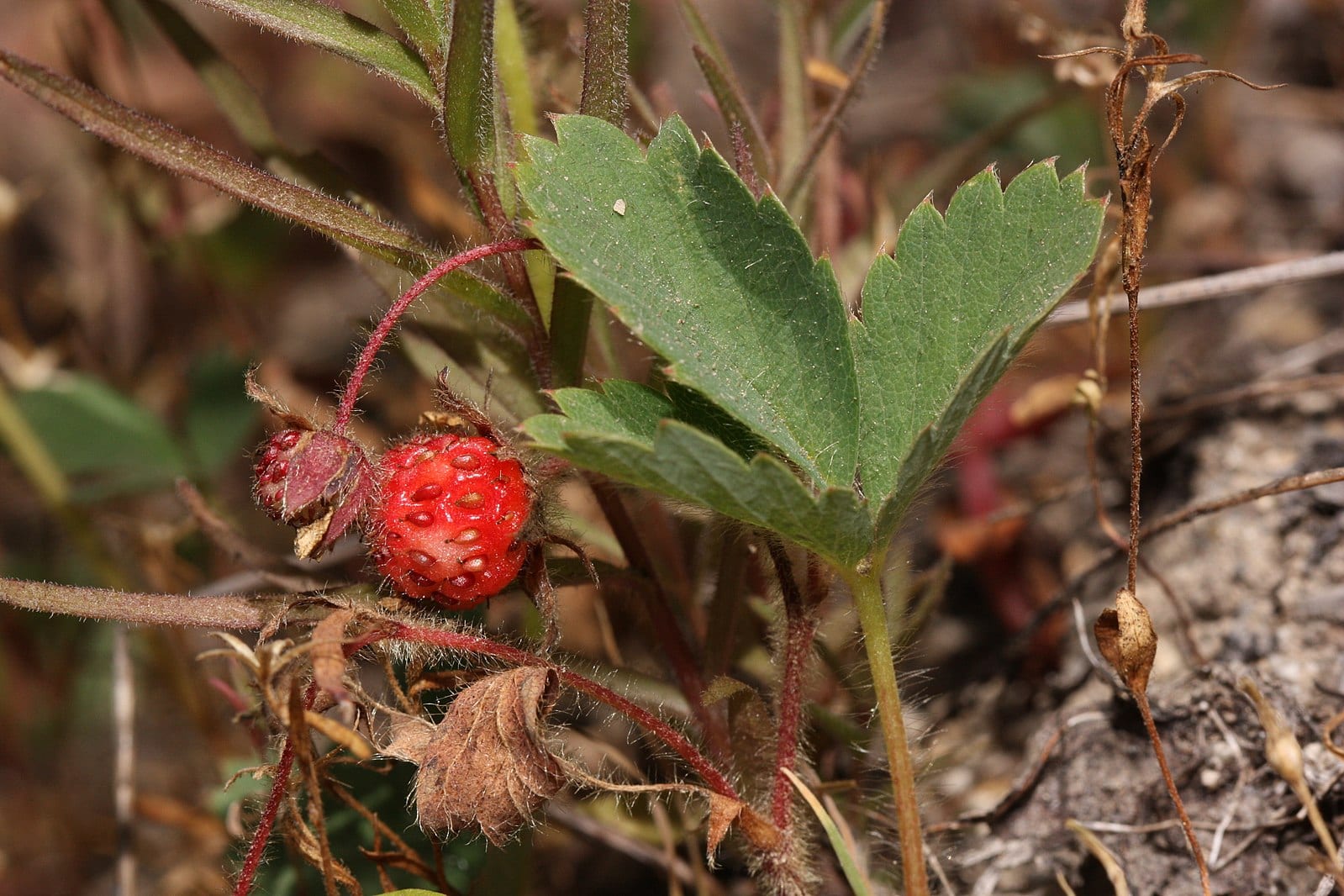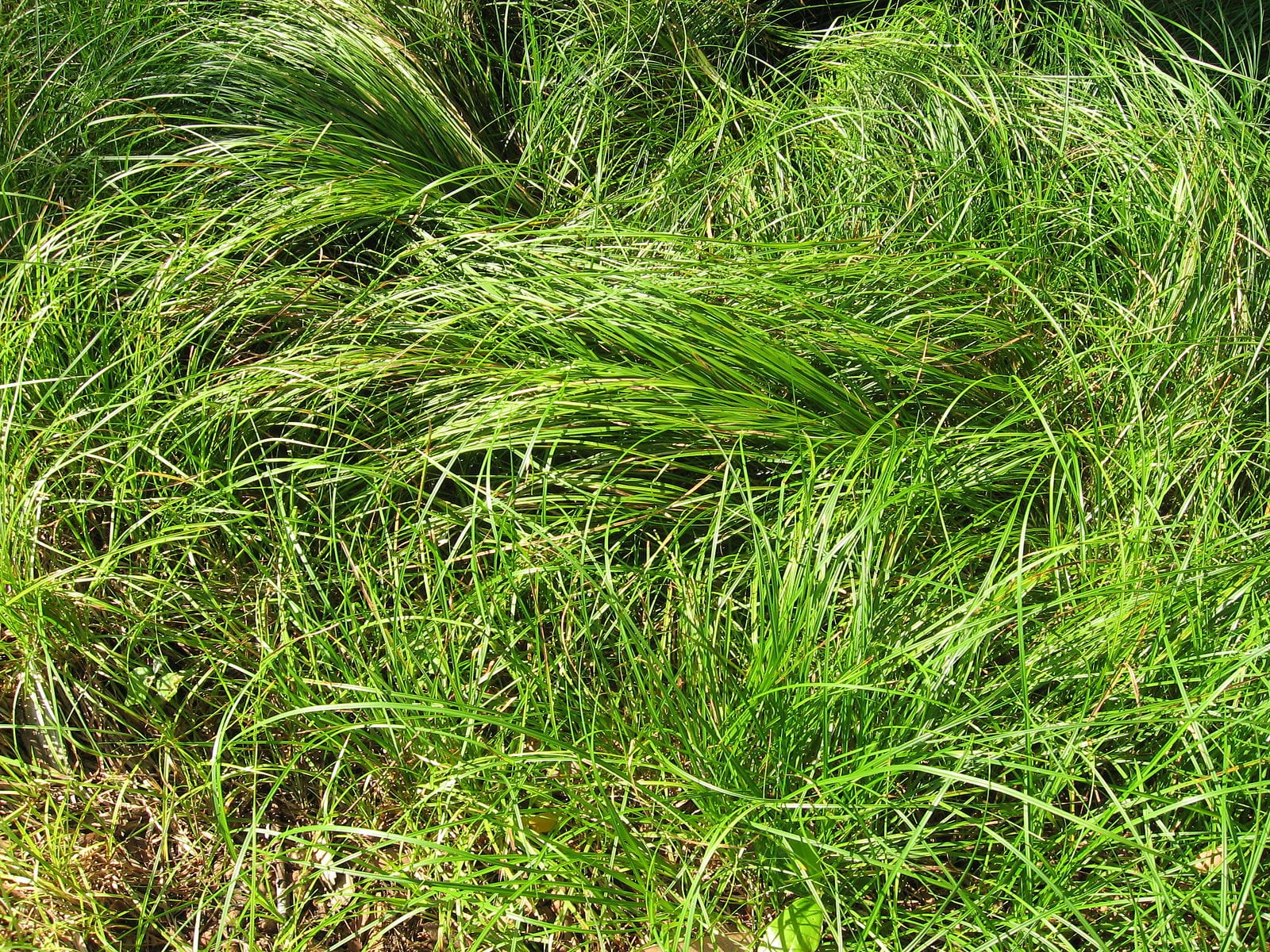I would like to have an “eco-lawn” (some sort of fescue?) for my Martha’s Vineyard home. My goal is to have something that looks like a lawn, requires little mowing and water, ideally requires no fertilizer, can thrive in sandy soil, and handles salty air. Am I a crazy dreamer?
Ten years ago (maybe even five) your crazy dreams would have been just that, but the demand for ecological lawns has spurred a lot of recent work, and there are some very good options out there right now. I’m going to give you a couple different directions you may want to explore further.
First off are the traditional eco-lawns. Prairie Moon Nursery offers a product called Eco-Grass, and there is a similar product offered by Wildflower Farm called Eco-lawn. Both products offer you a low-maintenance solution for a space that still looks and functions in a manner that is almost identical to a traditional lawn. Once established, these lawns require less mowing and significantly less water than a traditional lawn. They are a mix of native and non-native grasses (mostly non-native). Although they don’t offer a ton in terms of ecological value, they are a significant step up from traditional lawns and can be seen to do little damage to the environment. They are a very good option and could be exactly what you are looking for. Follow the directions exactly for good establishment.
Another option is Pennsylvania sedge (Carex pensylvanica). This is a native sedge that naturally grows under pine trees in New England. It can tolerate sun to shade, and sandy soils are not a problem. It offers both advantages and disadvantages over the above options. First off, it’s a native species and offers much more in terms of ecological value. It can be left unmown and will top out around 5″ tall or it can be mowed once a year in the early summer and will stay short for the rest of the season. The downside to this species is that it must be installed via plug planting and cannot be sown as seed like the above species can. If your conditions are both sunny and sandy, I recommend adding compost to the soil.

©2014 Walter Siegmund, Fragaria virginiana 3243.JPG
The final option is wild strawberries (Fragaria virginiana). These are fast spreading plants that can form a dense groundcover and take the place of a lawn. Though they stay low, they will not look like a traditional lawn by any means. They are excellent for pollinators and will also provide you with a tasty snack. They are usually planted as bare root divisions and will fill in more quickly than the above sedge. They are perfectly fine in sunny, sandy soils.
~Dan Jaffe, Norcross Wildlife Sanctuary, Wales, MA
ELA members have spent hundreds of hours learning the best ecological solutions to problems in the landscape. You can benefit from all that accumulated knowledge by posing a question to our experts. If you are stumped by a problem in your landscape or are looking for a second opinion on a potential solution, ask ELA’s Eco-Pros. Send your question to ela_new@verizon.net. And if you need additional help, refer to the listing of ELA Professionals.
***
Each author appearing herein retains original copyright. Right to reproduce or disseminate all material herein, including to Columbia University Library’s CAUSEWAY Project, is otherwise reserved by ELA. Please contact ELA for permission to reprint.
Mention of products is not intended to constitute endorsement. Opinions expressed in this newsletter article do not necessarily represent those of ELA’s directors, staff, or members.


